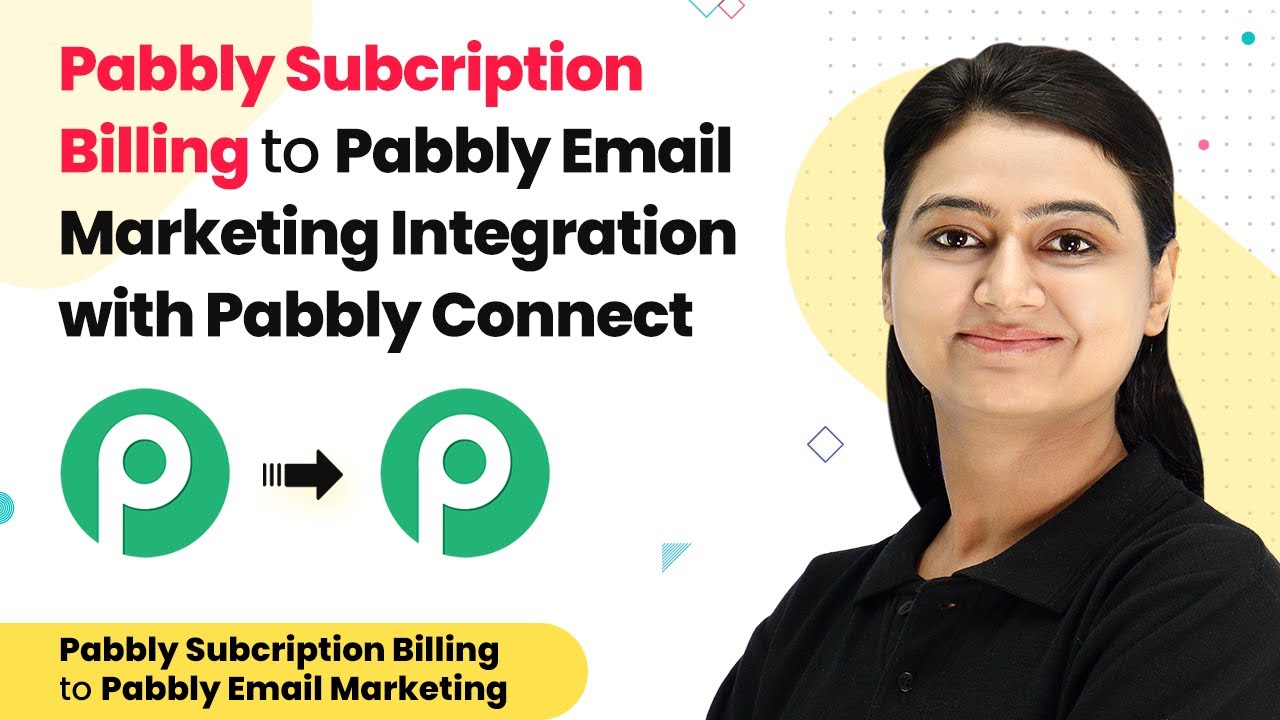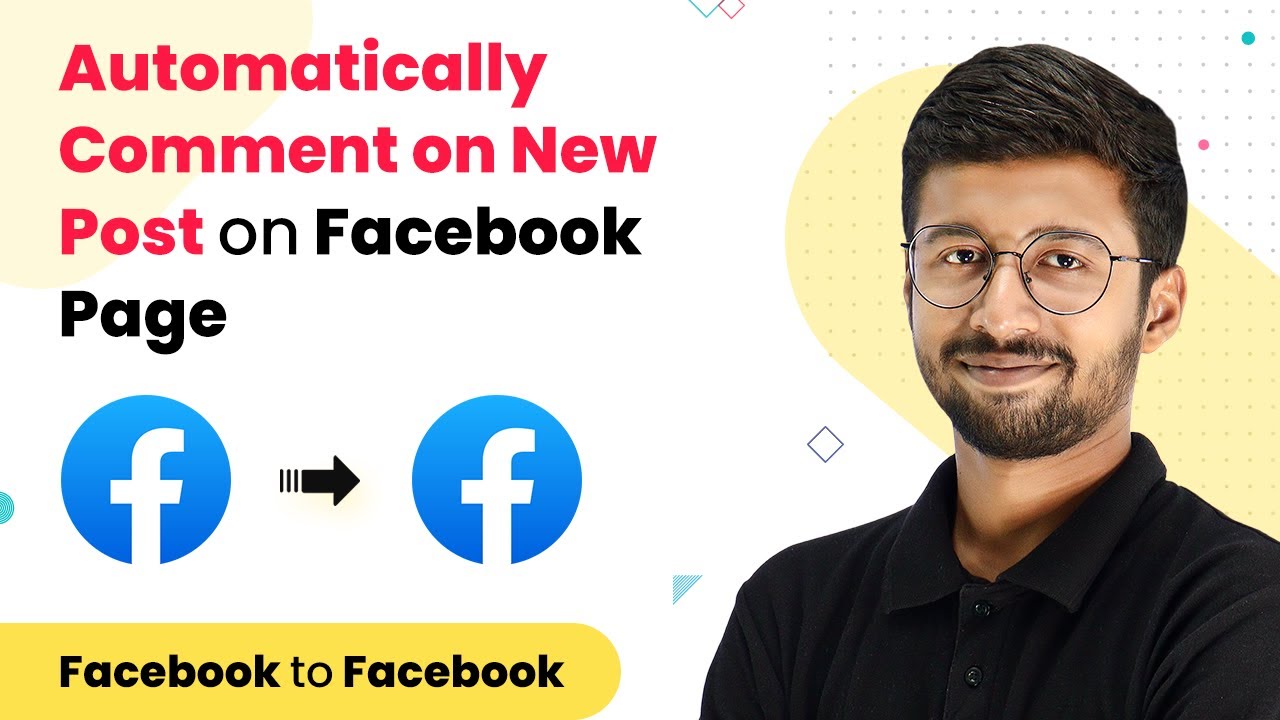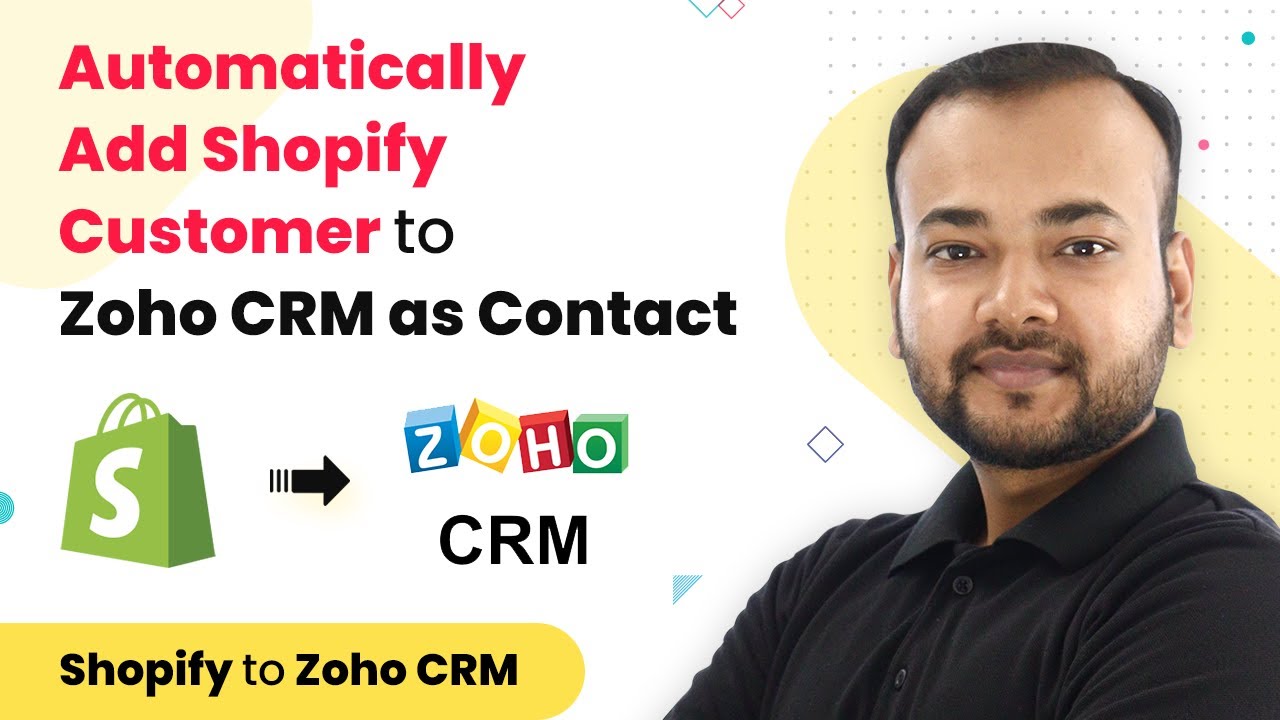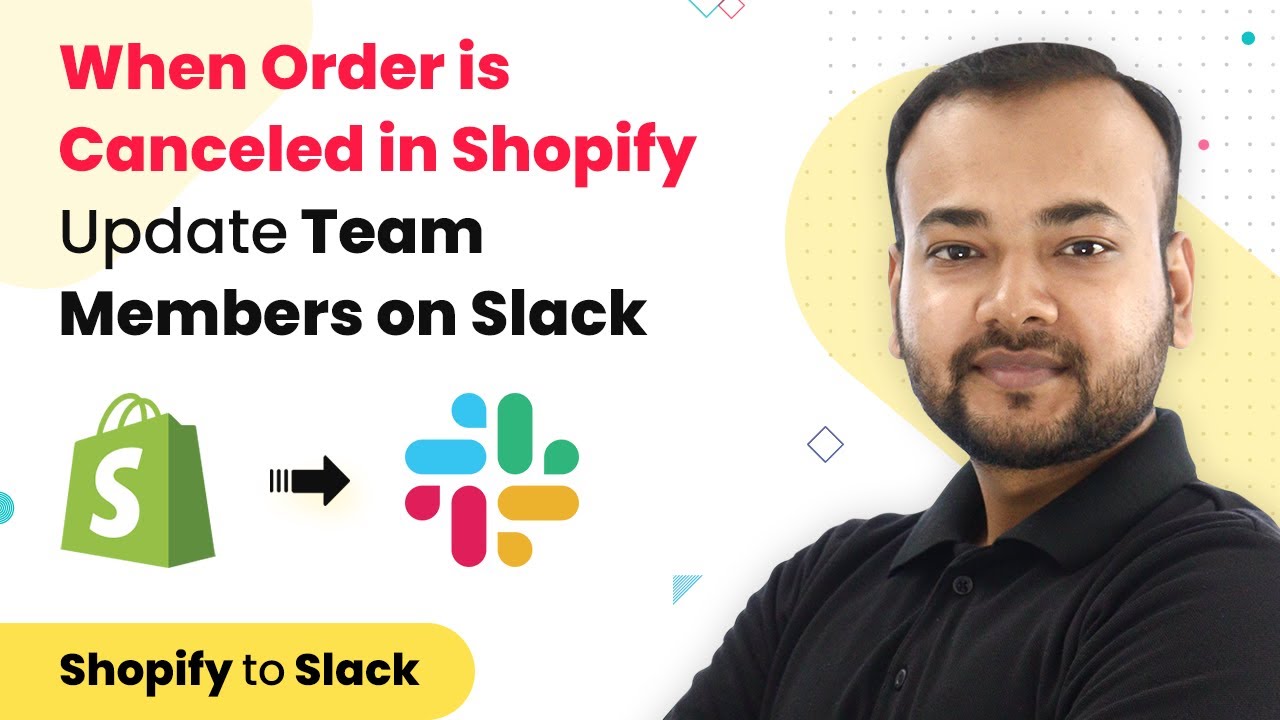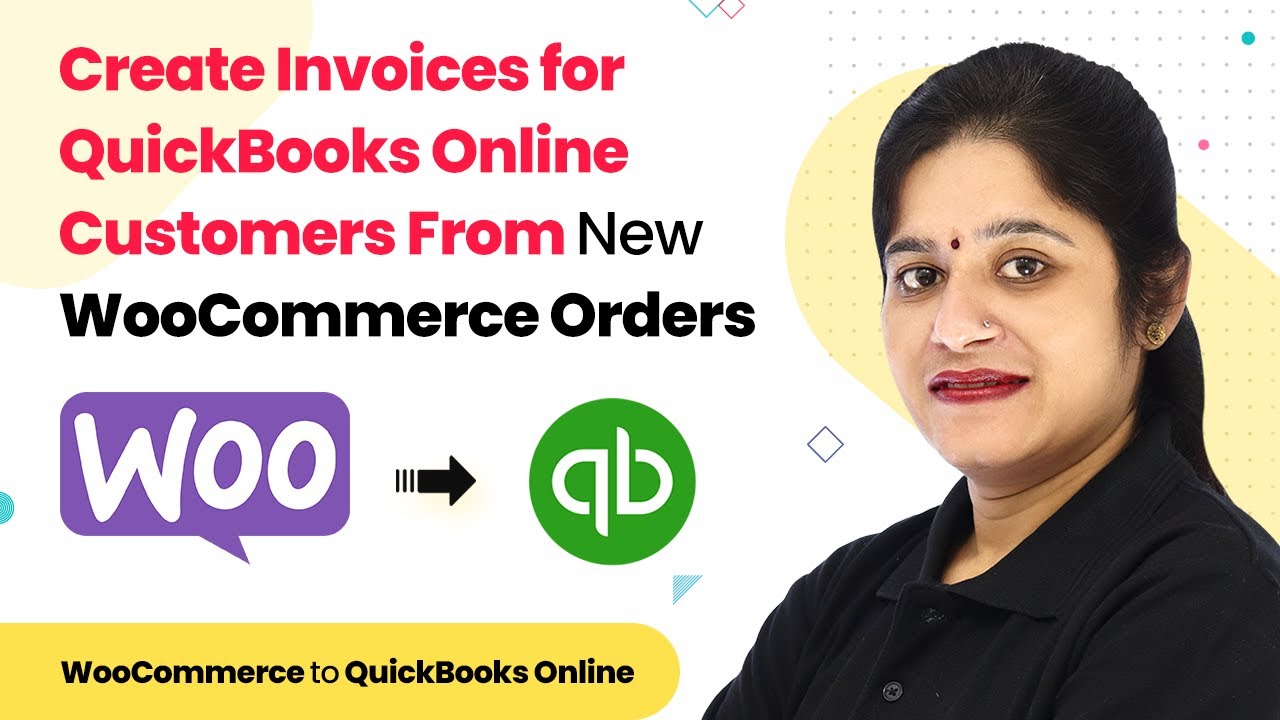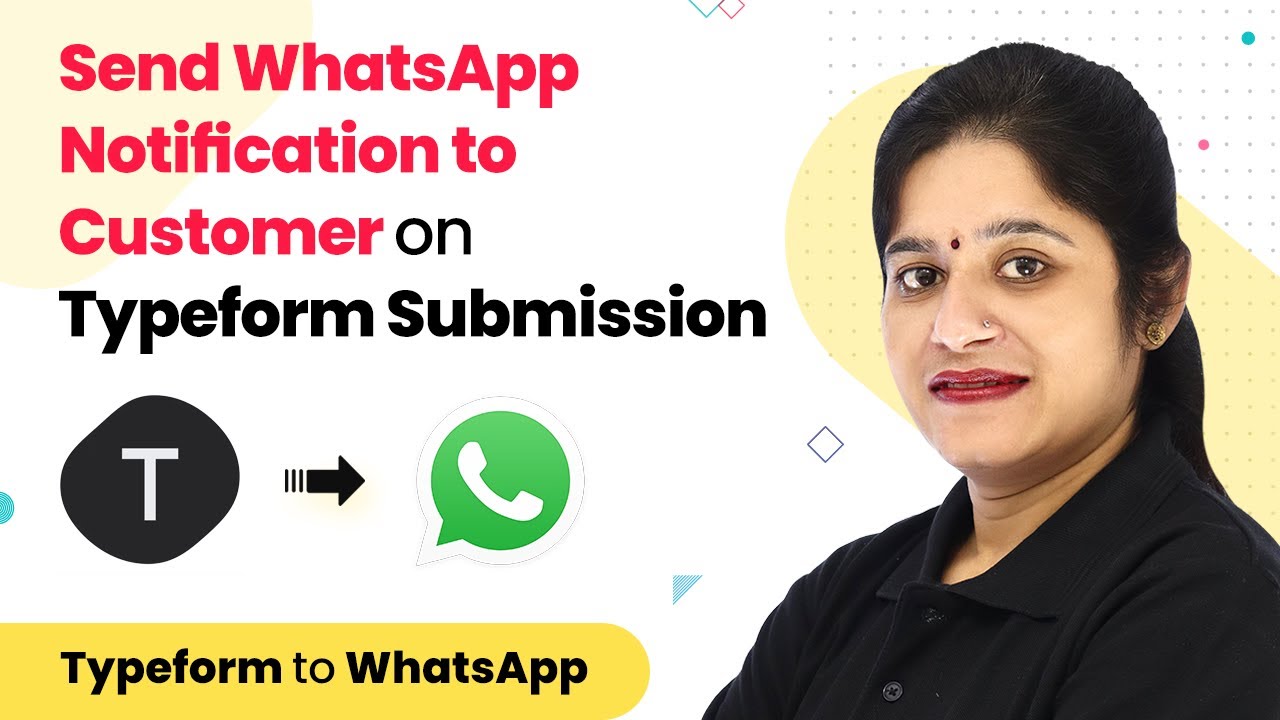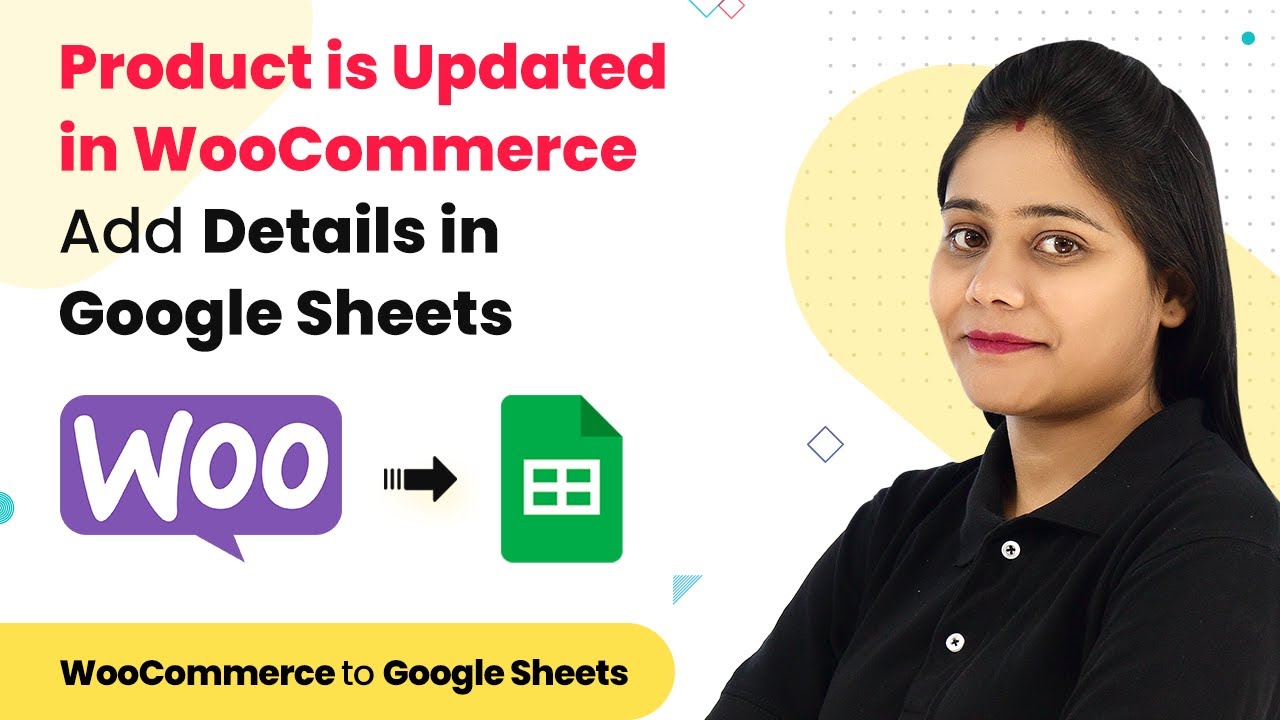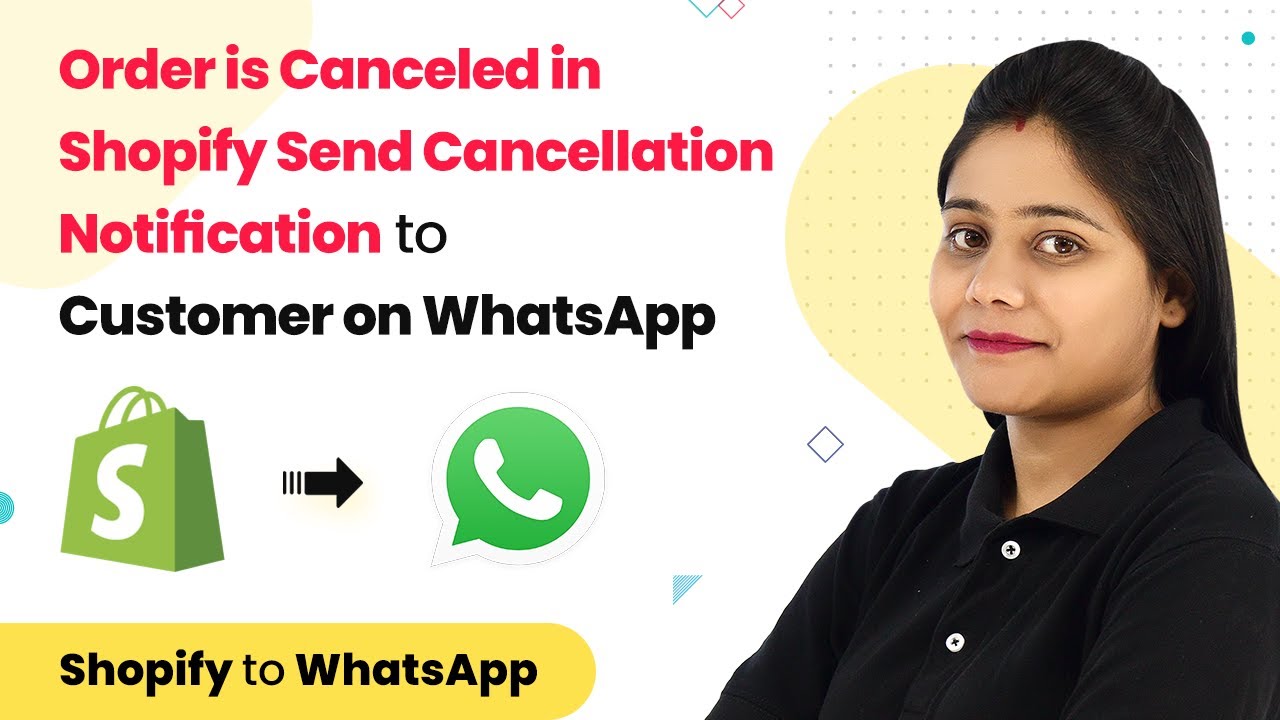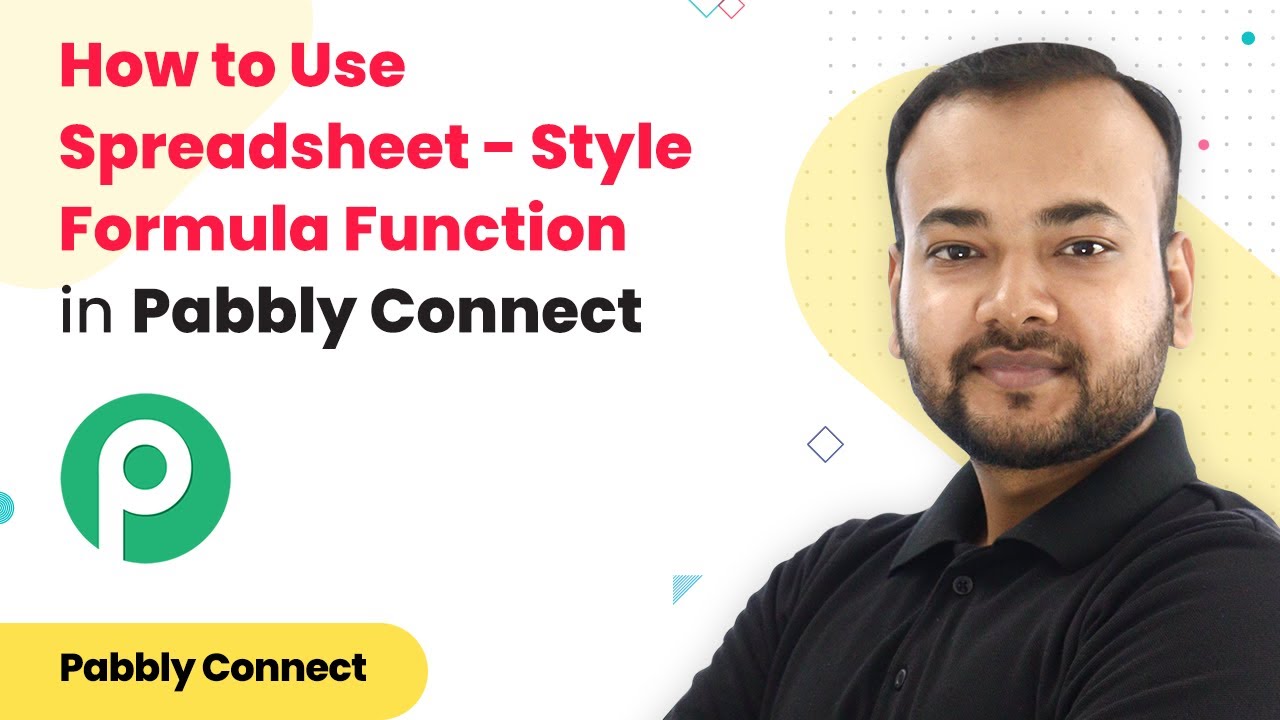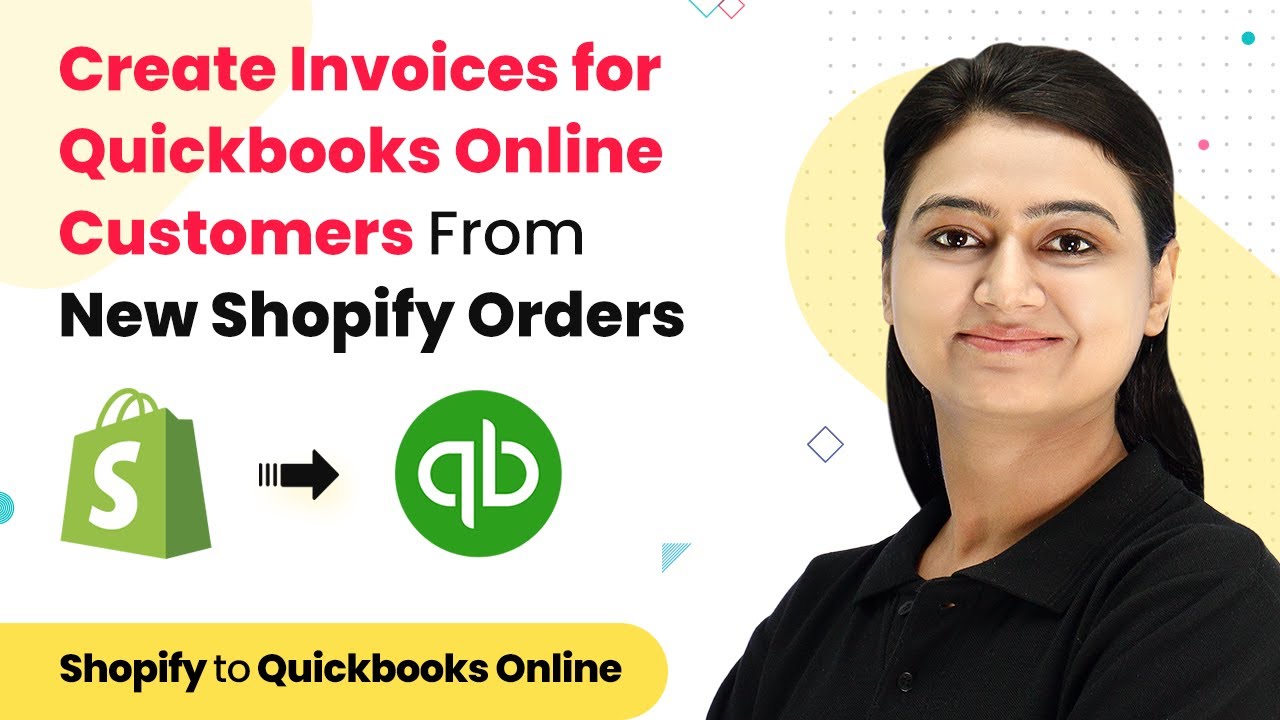Learn how to integrate Pabbly Connect with Pabbly Connect using Pabbly Connect for seamless automation. Follow our step-by-step guide! Eliminate manual repetitive tasks from your workflow. Discover proven automation methods with intuitive steps designed for efficiency-minded professionals.
Watch Step By Step Video Tutorial Below
1. Accessing Pabbly Connect for Integration
To integrate Pabbly Connect with Pabbly Subscription Billing and Pabbly Email Marketing, start by visiting the Pabbly website. Click on the ‘Sign In’ button at the top right corner to access your account. If you don’t have an account, you can easily create one by selecting ‘Sign Up Free’.
Once logged in, navigate to Pabbly Connect. On the dashboard, you will find the ‘Create Workflow’ button. Click on it to start setting up your integration workflow. Name your workflow something descriptive, like ‘Pabbly Subscription Billing to Pabbly Email Marketing’.
2. Setting Up the Trigger Event in Pabbly Connect
After naming your workflow, you will see options for ‘Trigger’ and ‘Action’. For the trigger application, select Pabbly Subscription Billing. This application will notify Pabbly Connect when a payment is successfully processed.
Next, choose the trigger event as ‘Payment Successful’. This event indicates that a payment has been completed in Pabbly Subscription Billing. Once selected, a webhook URL will be generated. Copy this URL as it will be used to set up the webhook in your Pabbly Subscription Billing account.
- Select Pabbly Subscription Billing as the trigger application.
- Choose the trigger event ‘Payment Successful’.
- Copy the generated webhook URL for later use.
Now you are ready to set up the webhook in your Pabbly Subscription Billing account. This will allow Pabbly Connect to receive notifications whenever a payment is made.
3. Configuring the Webhook in Pabbly Subscription Billing
Navigate to your Pabbly Subscription Billing dashboard. On the left-hand side, click on ‘Settings’. Scroll down to find the ‘Webhooks’ section. Here, click on the ‘Add Webhook’ button.
In the pop-up, name your webhook (e.g., ‘Testing Check’). Select the product for which the webhook will be active. Paste the copied webhook URL into the designated field. For the events, select ‘Successful Payment’ to ensure that the webhook triggers only on successful transactions.
- Click on ‘Settings’ in Pabbly Subscription Billing.
- Go to ‘Webhooks’ and click ‘Add Webhook’.
- Paste the webhook URL and select ‘Successful Payment’ as the event.
After saving the webhook, Pabbly Connect will be ready to receive data whenever a payment is successful.
4. Testing the Integration with Dummy Data
To ensure that the integration works, fill out a dummy subscription form in Pabbly Subscription Billing. Enter the necessary details and make a test payment. Once the payment is processed, you should see a confirmation message indicating that the payment was successful.
Return to Pabbly Connect to check if the webhook response has been received. You should see the details of the payment, including the subscriber’s name and email address. This confirms that the integration is functioning as expected.
Fill out the dummy subscription form with test details. Process the payment and check for a success message. Verify the webhook response in Pabbly Connect.
Once the response is confirmed, you can proceed to set up the action event in Pabbly Connect.
5. Adding Subscriber in Pabbly Email Marketing
Now that the trigger is set up and tested, it’s time to configure the action event. Select Pabbly Email Marketing as the action application. Choose the action event as ‘Add Subscriber’. This action will automatically add the subscriber to your email list whenever a payment is successful.
To connect Pabbly Connect with Pabbly Email Marketing, you will need a Bearer Token. Log into your Pabbly Email Marketing account, navigate to ‘Integrations’, and find the ‘Developer API’ section to generate the token. Paste the token into the designated field in Pabbly Connect.
Select Pabbly Email Marketing as the action application. Choose ‘Add Subscriber’ as the action event. Generate and paste the Bearer Token from Pabbly Email Marketing.
Once connected, select the list where the subscriber should be added and map the subscriber’s email and name fields. Save the setup and send a test request to ensure everything works correctly.
Conclusion
In this tutorial, we demonstrated how to integrate Pabbly Subscription Billing with Pabbly Email Marketing using Pabbly Connect. By following the steps outlined, you can automate the process of adding subscribers to your email marketing list whenever a payment is successfully made. This integration streamlines your workflow and enhances your marketing efforts.
Ensure you check out Pabbly Connect to create business automation workflows and reduce manual tasks. Pabbly Connect currently offer integration with 2,000+ applications.
- Check out Pabbly Connect – Automate your business workflows effortlessly!
- Sign Up Free – Start your journey with ease!
- 10,000+ Video Tutorials – Learn step by step!
- Join Pabbly Facebook Group – Connect with 21,000+ like minded people!
